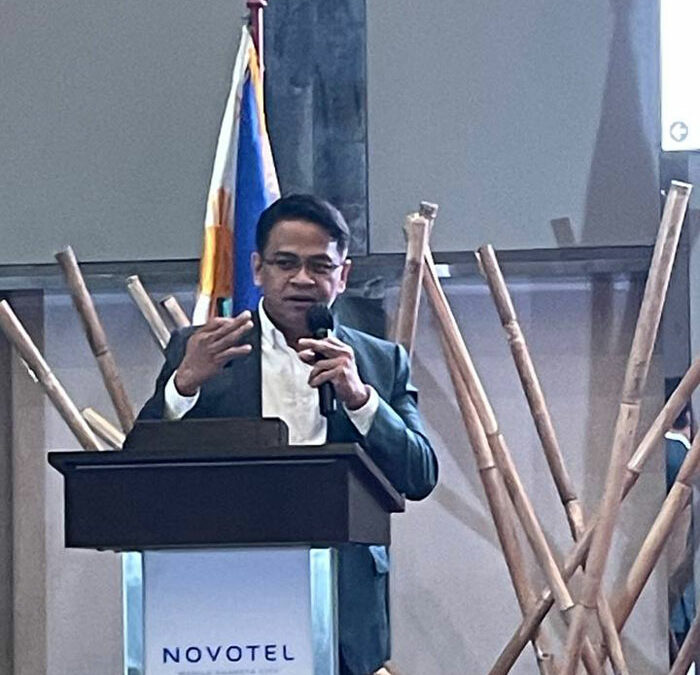Leading integrated telco network PLDT Inc (PLDT) and its wireless subsidiary Smart Communications, Inc. (Smart) are batting for more innovation and talent upskilling as the country joins the global push for new and disruptive technologies, including Open Radio Access Networks or Open RAN.
“There used to be talk about the Philippines being behind in technology, but that is untrue. We are now among the leaders in Asia-Pacific in testing and exploring new technologies, particularly for telco networks,” said Arvin L. Siena, PLDT and Smart VP and Head for Network Strategy and Planning, at the Future of Connectivity with Open RAN and Open Networks forum held by the Asia Open RAN Academy (AORA) on July 20 in time for its first anniversary.
At the event, Siena shared PLDT and Smart’s experience exploring and testing the country’s first Open RAN proof of concept (PoC). Earlier this year, Smart was the first in the Philippines to successfully demo Open RAN, which will potentially allow telcos like Smart to mix and match hardware and software from any vendor by allowing the different components of the radio network to be disaggregated with the use of open-source software and general-purpose hardware. Open RAN’s benefits include helping Telcos save on cost, enabling operators to be more flexible and agile, and making their network more intelligent and efficient, which will, in turn, pave the way for the best customer experience and more innovative services.
“As Open RAN presents many opportunities, innovation will be key. This is what AORA hopes for–that in the Philippines, more people will be involved in developing platforms, services, and applications for this technology,” Siena said, adding that it is best to start early to overcome the challenges ahead.
Launched last year, the Academy is an alliance of academic, Government, and industry stakeholders working throughout the Philippines and the Indo-Pacific region to advance an open, interoperable, reliable, and secure internet and vibrant digital ecosystem.
“Our systems and processes are based on technology we have been using for many years, and this requires many changes in the way we design and organize our infrastructure, the way we set up our organizations, and the knowledge, skill set, and competencies of our people to evolve the network into a future-proof architecture. It is good that we are preparing for this now through a partnership with the academe. These are among the challenges we need to understand and conquer moving forward,” he said.
Siena likewise underscored the potential for the local developer community with the opportunities that Open RAN will present for them. “The Philippines has not been focusing on developing applications for telcos, so the software we are using today in serving and enabling call flow and data flow are developed in other countries. Just imagine if developers in the Philippines work on applications for local mobile networks to run on local infrastructure. The opportunity for us is huge,” he said.
PLDT and Smart’s support for a more innovative culture in the Philippines are aligned with the focus areas of the government-mandated Private Sector Advisory Council (PSAC) ‘s Digital Infrastructure pillar, which supports the Government’s overall push for nationwide digitalization to narrow the digital divide.
These also reinforce PLDT’s commitment to its aspirational multi-year transformation, elevating customer experience as one of the key priorities.
Liked this post? Follow SwirlingOverCoffee on Facebook, YouTube, and Instagram.


